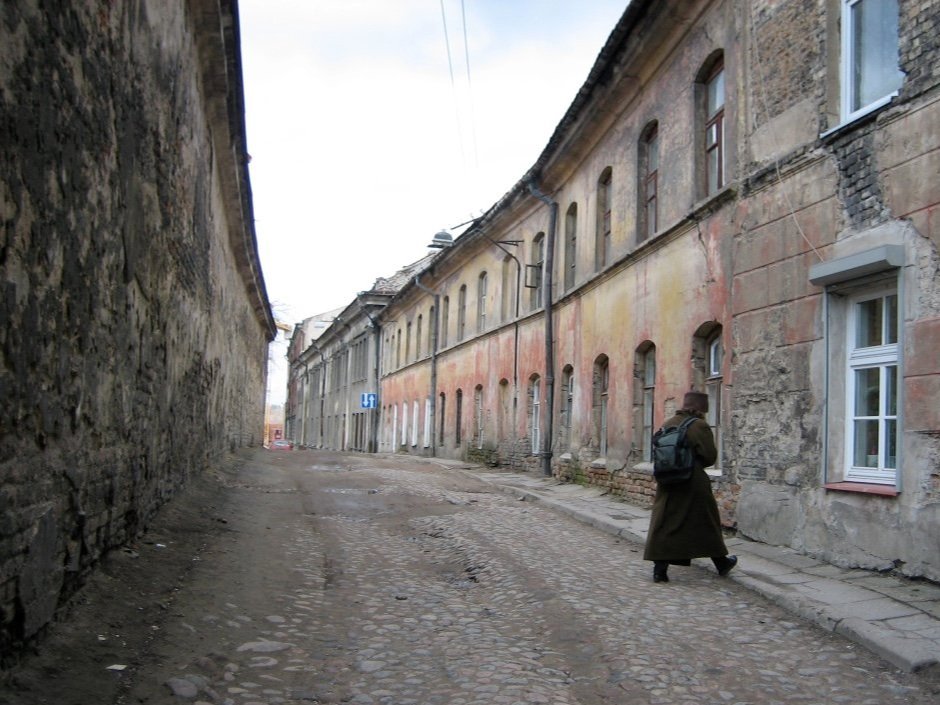
The Crooked Mirror l Louise Steinman’s Blog
Journeys within and beyond
Search my blog posts
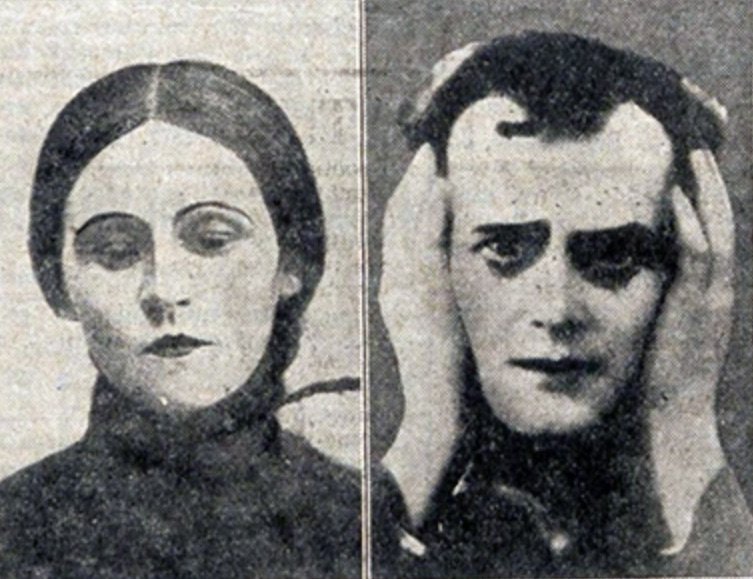

Dream Loops
She watched the women bend the supple maguey fibers and slip the ends through loops. She watched their fingers in their complicated knowing dance moving towards a finished rounded form.
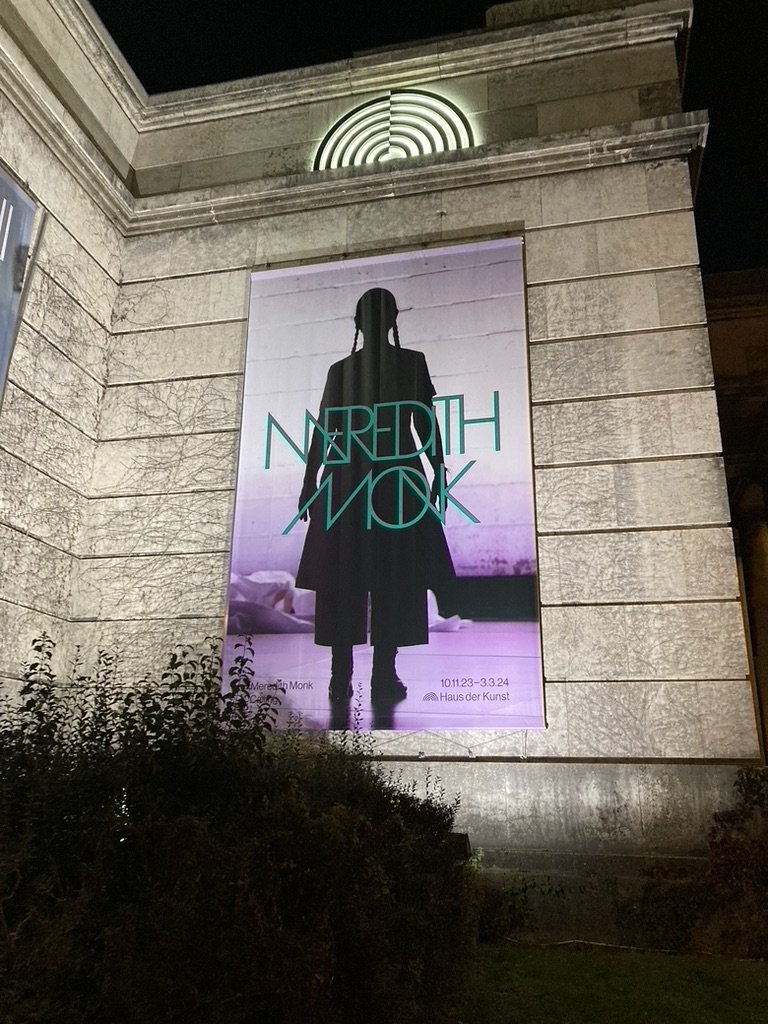
Meredith Monk: Calling
November 6, Amsterdam, Oude Kerk
Every year on March 9th, at half past eight a.m. at the Solstice, the first ray of sunlight falls on the tomb of Saskia Uylenburgh—Rembrandt's beloved wife— in Amsterdam's Oude Kerk, the city’s oldest building (built in 1302) and as well, one of its newest art institutions.
Now it’s chilly November, the sky dark grey, and I’m walking from Amsterdam’s central station, through the De Waal (Red Light) district, to the entry of the Oude Kerk. This mammoth building is now the venue for a remarkable series of installations comprising the first-ever European survey of the work of polymath artist (choreographer; composer; performer; filmmaker) Meredith Monk. The retrospective, “Calling: Meredith Monk” is being presented in two cities, Amsterdam and Munich, in celebration of the artist’s 80th birthday and her sixty years of prolific art-making.

Greenwriting on the Skarpa
It’s dark when we arrive at Katy’s house in the Polish countryside, early fall, 2019. My friend and I, both road-weary, climb a flight of wooden stairs to retire. My friend installs herself in the bedroom of Katy’s daughter, Magda, now a young doctor in London. I bed down in the room that belongs to Katy’s son, Sammy, a classics major at the University of Warsaw. Everywhere there are stacks of book, fascinating books. Philosophy. History. Poetry. Books in Polish. Books in English. I want to look at all of them, but I’m so sleepy. Before I crash, I peek into Katy’s room/studio, noting piles of notebooks, vibrant watercolors. A chorus of frogs serenades me through the open window as I fall asleep.

Silent Witnesses (at the Noah Purifoy Foundation)
April 9, 2021. In Piper’s garden. Joshua Tree. Yesterday a visitation from a woodpecker in the palo Verde. Doves cooing. Ebullition of Lady Banksia roses, tiny yellows cascading over a white wall. Fat black bees dipping into the fragrant drooping wisteria. Orange koi darting in the green brine under magenta lily pads, a paddle of cactus, seeking shade from the desert sun. I’m dancing in the garden to Michele Shocked, “Quality of Mercy,” from the film, Deadman Walking. Where is mercy? Where is its quality not strained?
I’ve been watching the Chauvin trial in “homeopathic” doses, as one friend calls it. Chauvin’s lawyer parsing whether Floyd died of asphyxia or if his heart condition or fentanyl contributed to his death, when we already know, we can see , the experts have confirmed: this man was murdered. Anyone would be dead after being shoved face down for 9 and a half minutes, chest compressed, knee on the back of the neck. That Floyd struggled to raise himself with his knuckles, with his chin. Did they really dare insinuate that a man saying, “I can’t breathe” is a sign of resisting arrest? did they really have the audacity to claim that? Yes they did. Indeed they did.

![Welcome the Stranger: An urban installation for social engagement [Lublin, Poland]](https://images.squarespace-cdn.com/content/v1/63f5338a0fb0342f12db2636/1679860080727-LHZ35ZJH1TNJ5TD0OBUV/image-asset.jpeg)
Welcome the Stranger: An urban installation for social engagement [Lublin, Poland]
It's been an intense and magical week in Lublin, Poland. A Kabbalistic text appears over the archway of the Brama Grodzka; a flamingo is invited to perch in a storks nest high in a poplar tree; the words of Polish veterans from Afghanistan and Iraq are projected on the walls of the cultural center, reminding us of the hospitality that veterans need after the trauma of war. In the passageway of one the crooked streets of the Old Town, the voice of the local poet Jozef Czechowicz— killed in the German bombardment of September, 1939— fills the air... just near the vinyl record shop where they're playing Talking Heads and Miles Davis. And at the Old Well in what is now the bus depot— and was once the Jewish quarter of Lublin— a voice sings forth on the hour with the words of asylum seekers, some from Guatemala, some from Eritrea, Iraq. "I don't even know where this ship is taking me." "I'm sorry cousin, I could not save you."

Time Regained: Reading Józef Czapski in Billings, MT (about Marcel Proust, the Gulag, and reading as salvation)
He carried with him to Moscow letters of introduction from General Anders to the most influential people in Stalin’s inner circle. After waiting for many days at the Hotel Metropole, he was finally summoned to a waiting room at the notorious Lubyanka building, the headquarters of the Soviet secret police, where he was met by a “well-fed official” in a gray lambskin hat and collar who “looked a bit like Chichikov from Gogol’s Dead Souls.”
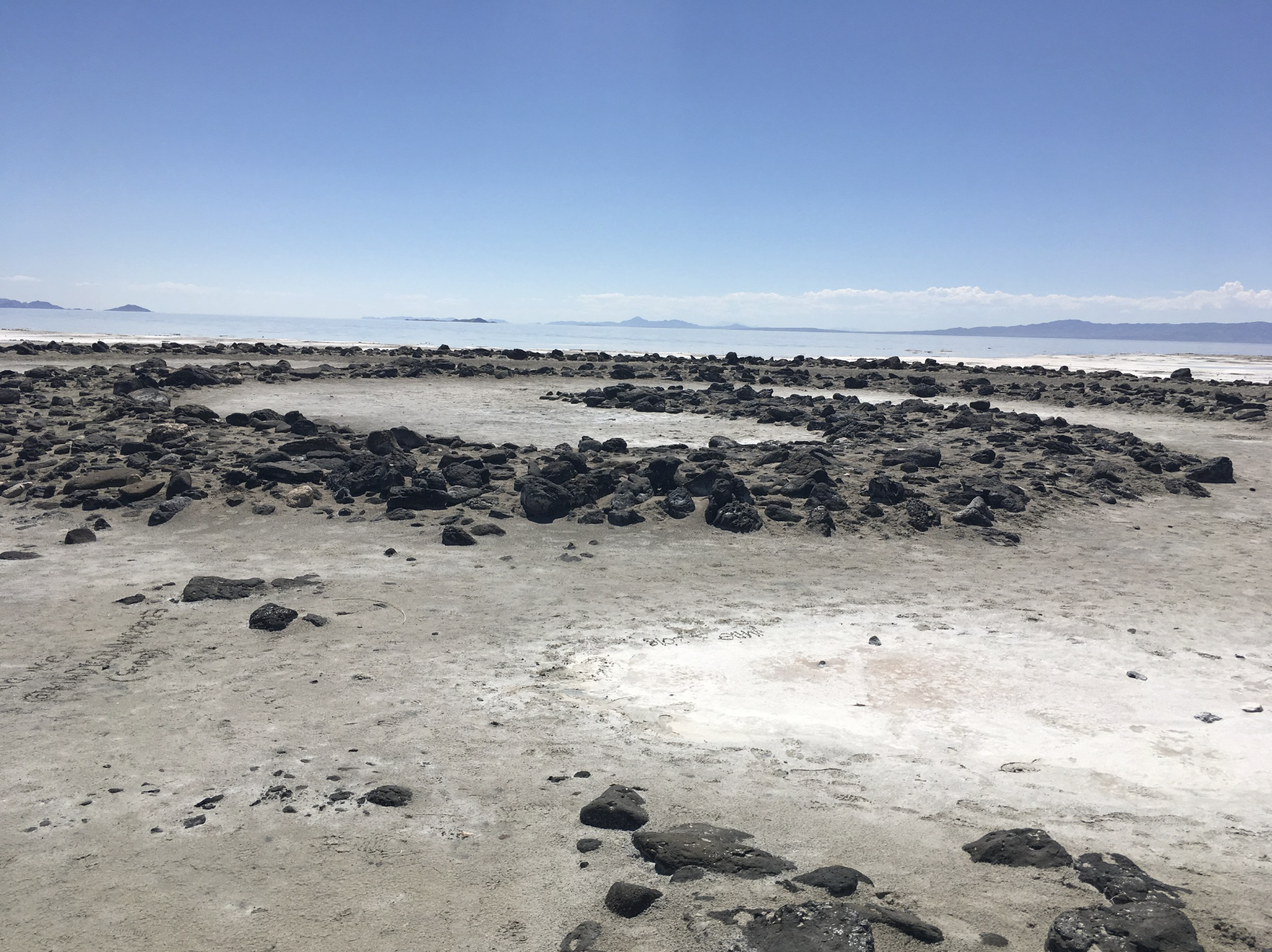
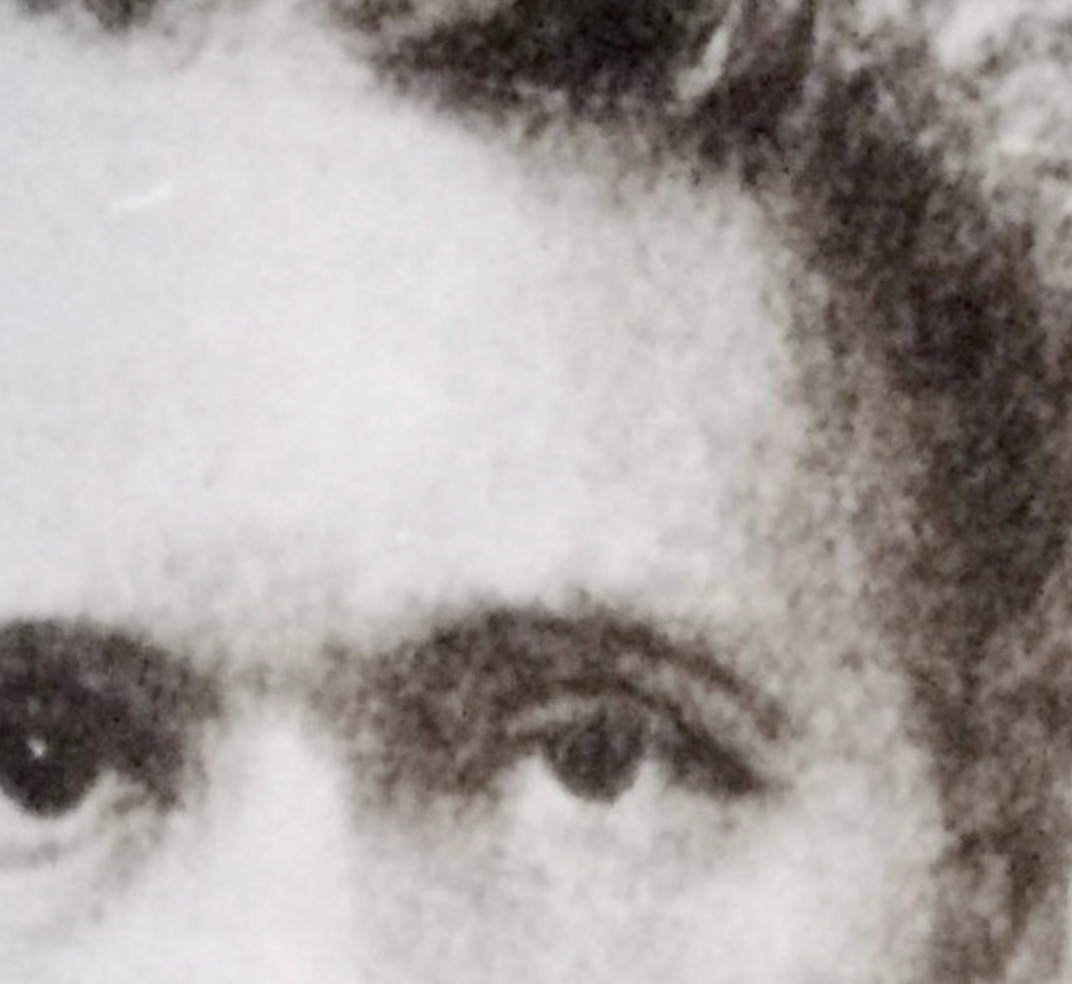
A psycho-geographic walk in Warsaw
My first stop was just a few blocks from my apartment, on the banks of the Vistula. The sun was bright and children were soaking up the last days of summer, splashing themselves in the fountain at the base of the Syrene of Warsaw, the mythical symbol of that grand city's defiance, who rears up on bronze waves on her Piscene tail, holding her sword aloft. A mermaid as a symbol of a city? I thought about the value of hybrids, what it means to be part human and animal, how hybrid forms are for non-conformists, for breaking norms that we've outgrown. And most of all, the siren must be heard.